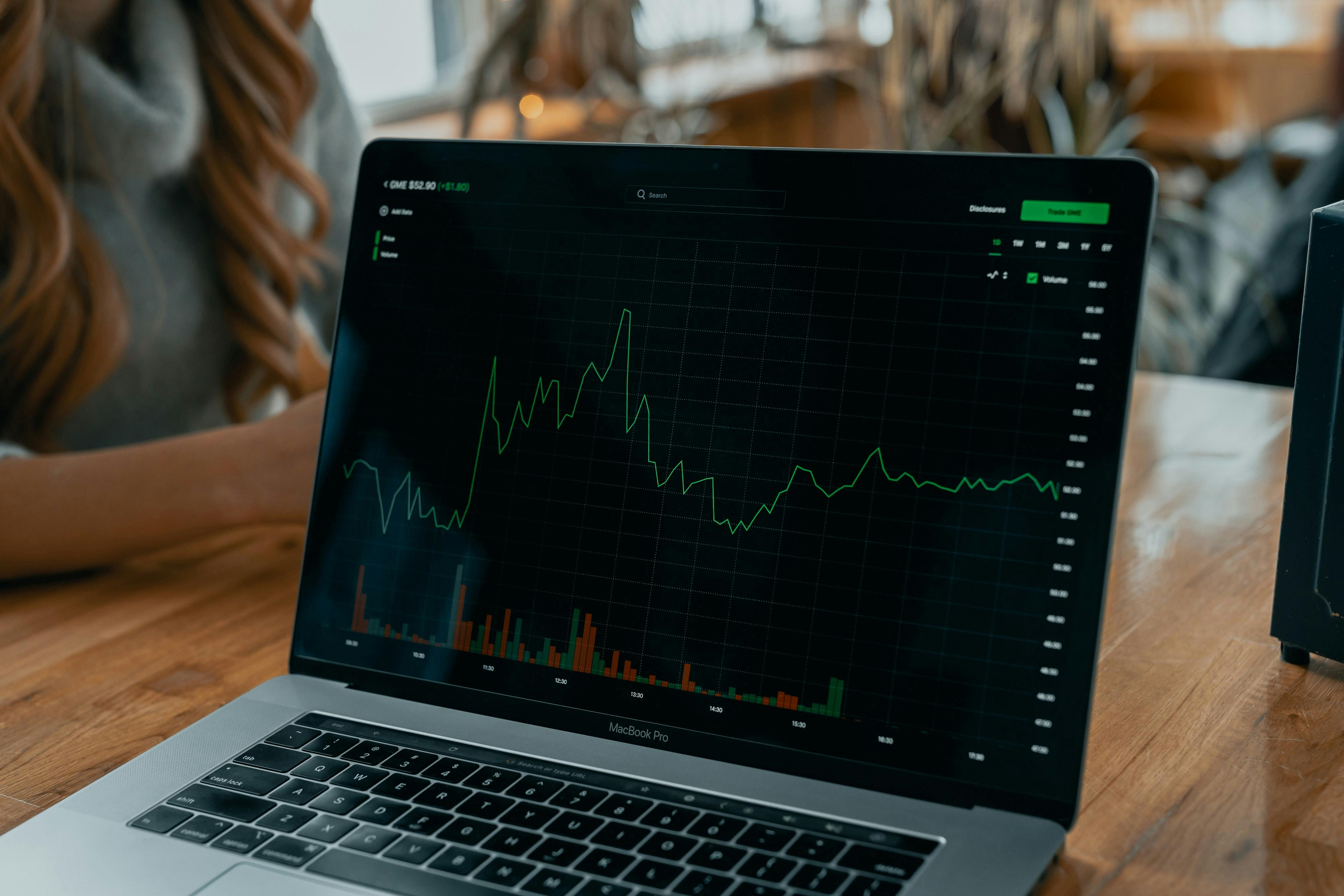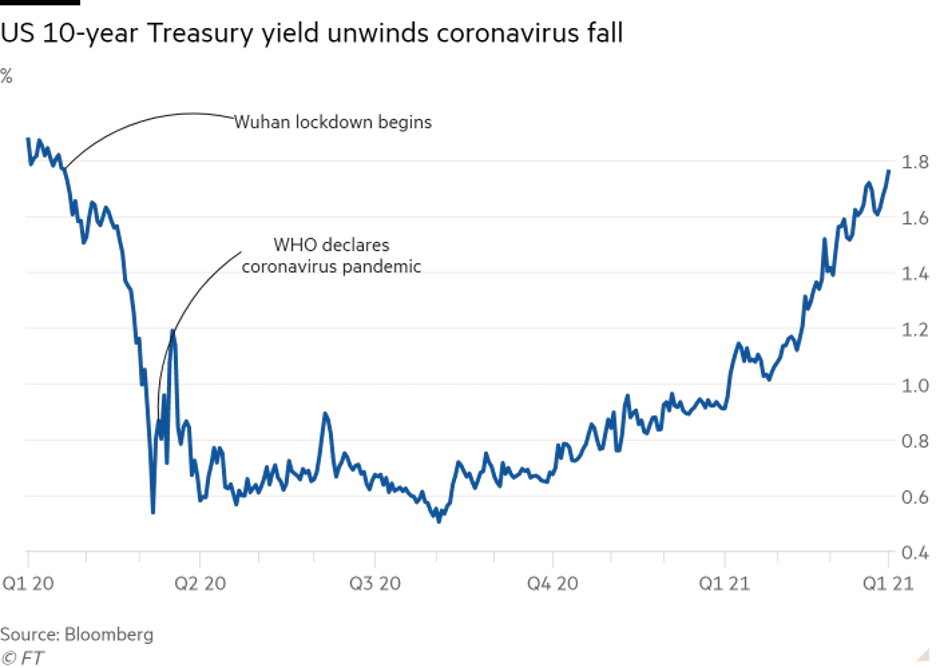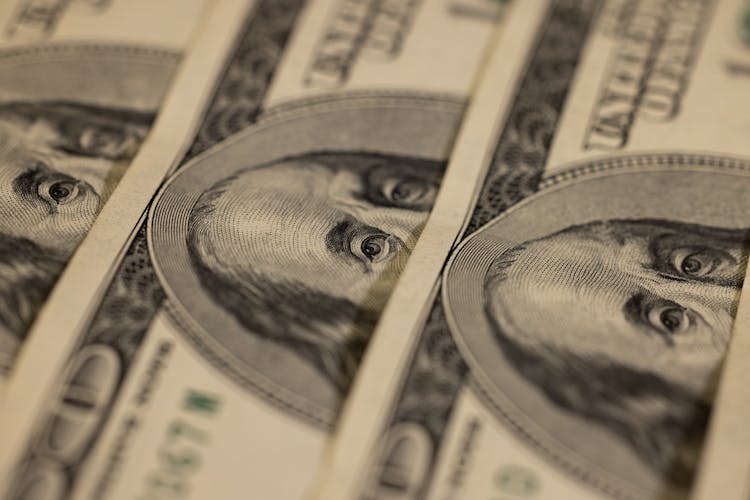
How to Trade 10 Year Treasury Yield Futures
Mar 18, 2022
By Sage Anderson
Yields, oftentimes synonymous with interest rates, report the ongoing percent of interest paid on a U.S. government bill, note, or bond. Yield futures are a great way to either hedge your exposure to such benchmarks relative to car loans and mortgages or speculate on the future path of rates as influenced by the Federal Reserve. Our beginner’s guide to yield futures will help you understand how interest rates operate as well as how you can access them with new and existing products.
Everyone knows things were harder in the old days—walking five miles to school through two feet of snow, driving through a desert without air conditioning, watching three total channels on television… Well, trading the financial markets was equally primitive.
Back in the day, trading interest rates was as clunky as playing Pong on an Apple II.
Today, interest rates can be traded quickly and easily via Treasury Yields, using products like the Small 10-Year U.S. Treasury Yield (S10Y) futures offered by the Small Exchange®.
But what are Treasury yields and why would anyone want to trade them?
Well, Treasury yields are great barometers of prevailing interest rates. And most people trade yields because they move (sometimes a lot) and represent a great alternative to trading stocks. They’re also fairly easy to understand.
Quick Rundown on 10 Year Treasury Yield
Yields, such as the 10-year Treasury, report the ongoing percent of interest paid on a U.S. government note with 10 years to maturity.
Yields generally fluctuate based on the strength of the economy. So when the economy is in recession or depression, they generally move lower. And during periods of economic strength or an economic rebound yields generally move higher.
Case in point, the U.S. 10-year yield dropped to its lowest level in history during March of 2020—0.54%—on fears that the COVID-19 pandemic would ravage the global economy. Since that time, the 10-year yield has rallied back to 1.92%, where it sits today.
Considering those market dynamics, it's easy to see why market participants choose to trade yields. If an investor or trader expects the underlying U.S. economy to strengthen, they might decide to take on long yield exposure using a product like S10Y.
Alternatively, a traditional "long-only" investor might decide to short yields, as a hedge against a contraction in the economy (such as a recession or depression). Yields typically go down in recessionary environments because the government usually responds to economic crises by cutting interest rates.
Stock prices may also correct in a recessionary environment, which is why a short yield position can represent a natural hedge for a traditional "long-only" portfolio.
Current State of Treasury Bond Interest Rates
During the onset of the COVID-19 pandemic in early 2020, the Federal Reserve moved aggressively to cut interest rates to help stave off a recession. As a result, the yield on the 10-year Treasury dropped to its all-time low back in March of 2020—down to 0.54%. However, as the economy recovered, yields rallied back toward "normal" levels, as shown in the graphic below.

Source: Bloomberg
Today, the yield on the 10-year Treasury note is 2.00%, having rallied recently on expectations that the U.S. Federal Reserve will raise benchmark interest rates at some point in 2022 possibly as soon as March.
While opinions vary, it's expected that the U.S. central bank will raise interest rates 3-4 times during 2022, and then potentially 3-4 more times during 2023. If that happens, the yield on the U.S. 10-year Treasury will most likely spike higher.
But just like with anything in the financial markets, expectations are one thing, and reality is another. If the U.S. economy falters at some point this year—due to COVID-19 or anything else—it's very likely that the Fed will slow down its plans to raise rates. And if the Fed slows down its plan to raise rates, it’s probable that Treasury yields would pull back somewhat.
How to Trade Interest Rates
As referenced previously, interest rates (and therefore yields) are highly sensitive to the U.S. economy. Due to this strong correlation, investors and traders can use yields as a vehicle to express a market outlook tied to the economy, or as a potential hedge against another position (or as a hedge against the overall portfolio).
Yields, therefore, can be used to express unique market opinions—relating to interest rates and/or the economy—and to diversify one’s portfolio. If you think the economy will perform in a healthy manner whereby the Fed might be able to raise rates, then you can buy yields. If you think the future might involve some turbulence and a need for rate cuts, then you can sell yields.
As with any new product or position structure, investors and traders would be well-advised to start out small. Opting for a position in relatively lower risk markets like Small Exchange futures can be a good way to monitor how the market works before laying down a more substantial investment in the space.
To learn more about trading interest rates using Treasury Yield futures offered by the Small Exchange, readers are encouraged to review the following episodes of Small Stakes:
*Data as of 2/10/22







